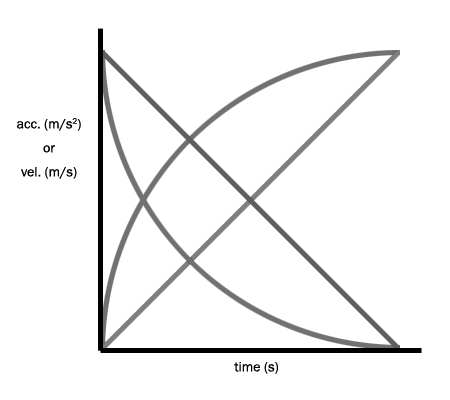The Author’s Guide to College Textbooks
 What sets a popular college textbook apart from others? What is it about books by Toust, Jeer, and Skaag that make students want to buy and compare all editions? Highlight whole pages as “important”?
What sets a popular college textbook apart from others? What is it about books by Toust, Jeer, and Skaag that make students want to buy and compare all editions? Highlight whole pages as “important”?
If you answered “clarity” and “wealth of knowledge between its pages”, you’re wrong. You should be cured of that naiveté before you start writing clear, helpful books that are labeled as “merely introductory” and never printed in multiple editions.
What really makes a good textbook?
From an author’s standpoint, a good textbook should:
- Make students want to buy all editions of the book.
- Make your colleagues want to pretend to understand the book.
- Make parents everywhere swell with pride at the sight of that mysterious book sitting on their children’s shelves.
How do you write that impressive book?
Rule #1: Do not use language that normal people will understand.
Students who understand the book will feel good about themselves. They will start to think that they’re on the same level as you. No way. You’re much smarter than a mere mortal. Remind them of it. Use PhD language, throw in undefined terms and namedrop other PhD holders:
I was attending the Chemical Engineer’s Association of United Countries Below the Tropic of Cancer when one of my colleagues, Dr. Emeritus John Eidieii Y. Barraimi suggested that I extend that enlightening day’s comprehensive exchange of ideas and publish a book based on the concepts I have discussed in my speech entitled “The Derivation of Unextrapolable Values of Viscosities of Uncommon Substances Almost Never Used in the Industry”. (For a definition of unextrapolable values, read the section “Unextrapolable values” after the section on “Definition of common unusable equations in the industry.”)
Remember, a confused student is an impressed student. (It’s also a pissed-off student but who cares, right?)
Rule #2: Do not index your book properly. Start with a crappy table of contents.
You didn’t write a three-volume series so students can flip to an index, check which section they need, and go straight to that page! Make them browse through every page before they can find the definition of cavitation or distillation column.
Chapter 1: Introduction to Chemical Engineering Equipment
Chapter 2: Chemical Engineering Equipment 1
Chapter 3: Chemical Engineering Equipment 2
Chapter 4: Chemical Engineering Equipment 3
Chapter 5: Miscellaneous equipment
Appendices
This way, they will learn to appreciate the whole book, not just a few pages.
Rule #3: Publish a new edition every semester.
A new edition is only successful if it renders the previous one inadequate. Always add fresh content to force students to buy the latest edition for the latest info. But keep referring to previous editions so students will need both the new and old versions:
The solution to this problem includes solving first order linear differential equations. To learn how to solve FOLDEs, refer to Chapter 2 of the 4th ed. (printed on the 26th edition of your book)
Rule #4: Use colored text to indicate important concepts.
Those cheapskates from third world countries should suffer for buying the low-price edition of your book.

Fig. 1. The green line indicates the velocity of object A while red indicates its acceleration. The velocity of object B is indicated by the blue line and velocity of object C in orange.
This will teach them to buy the glossy, expensive edition next time. Sell the carabao if they have to.
Rule #5: Do not wrap-up or use chapter summaries.
Summaries help students remember the last 20 pages they read. And do you know what students do once they remember the concepts? They never look at the book again. So don’t ever summarize. Leave the content hanging.
Ω
This entry speaks to me.
LIES! I wrote this while reviewing for the B.E. You cannot possibly understand the anguish and horror of studying Unit Ops while everyone else is making CSS gradients! *shakes fist*